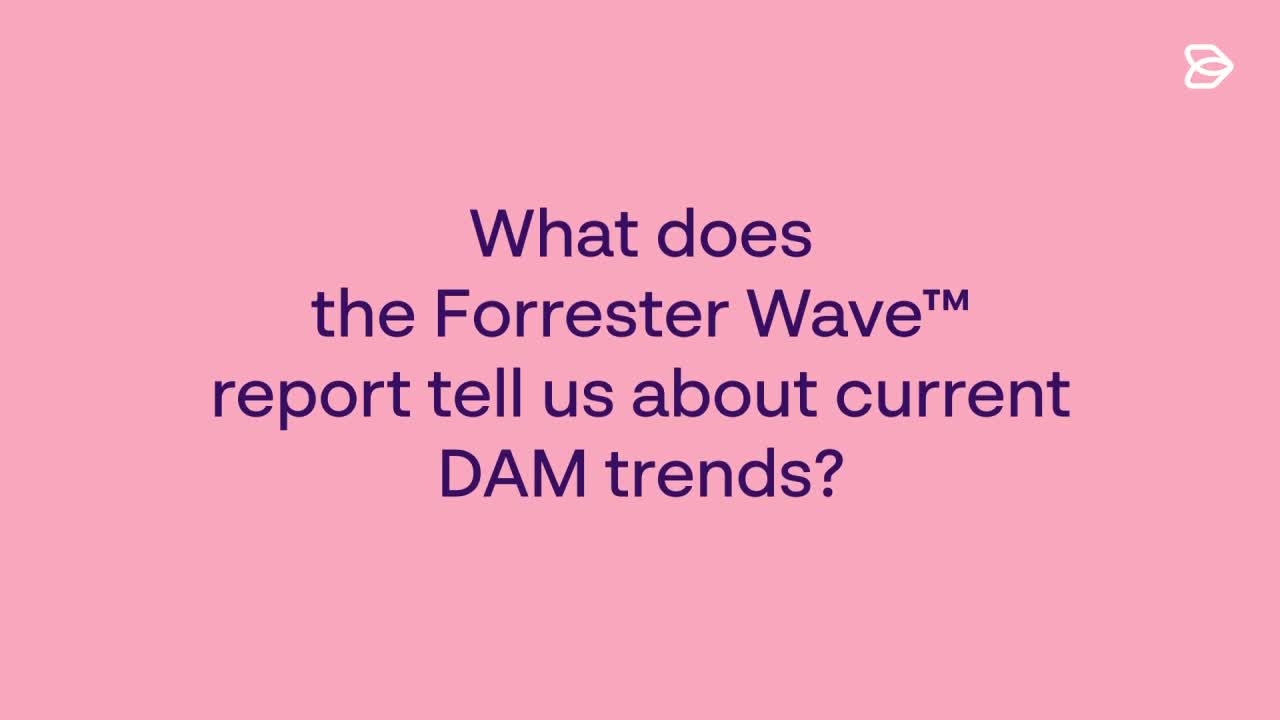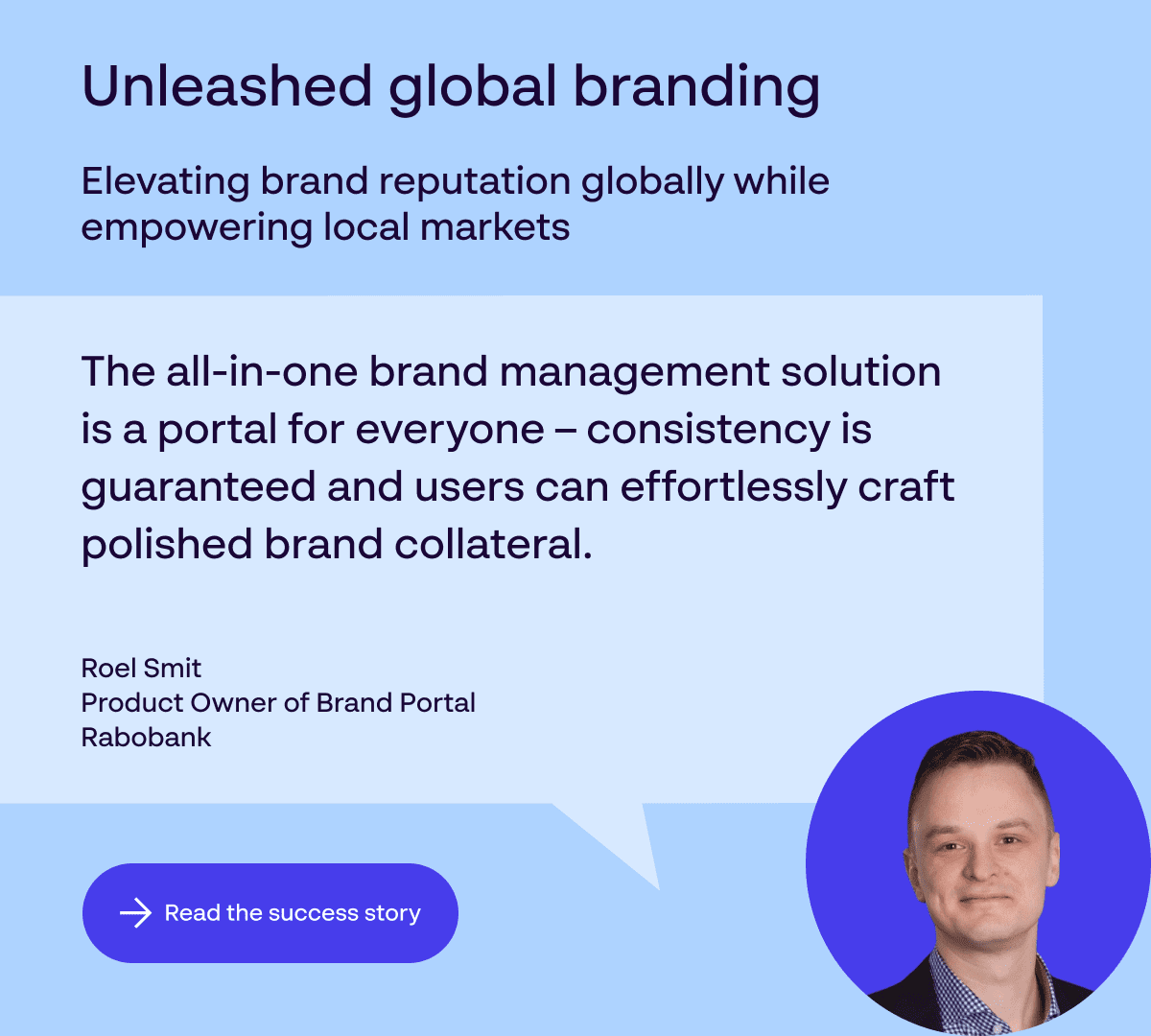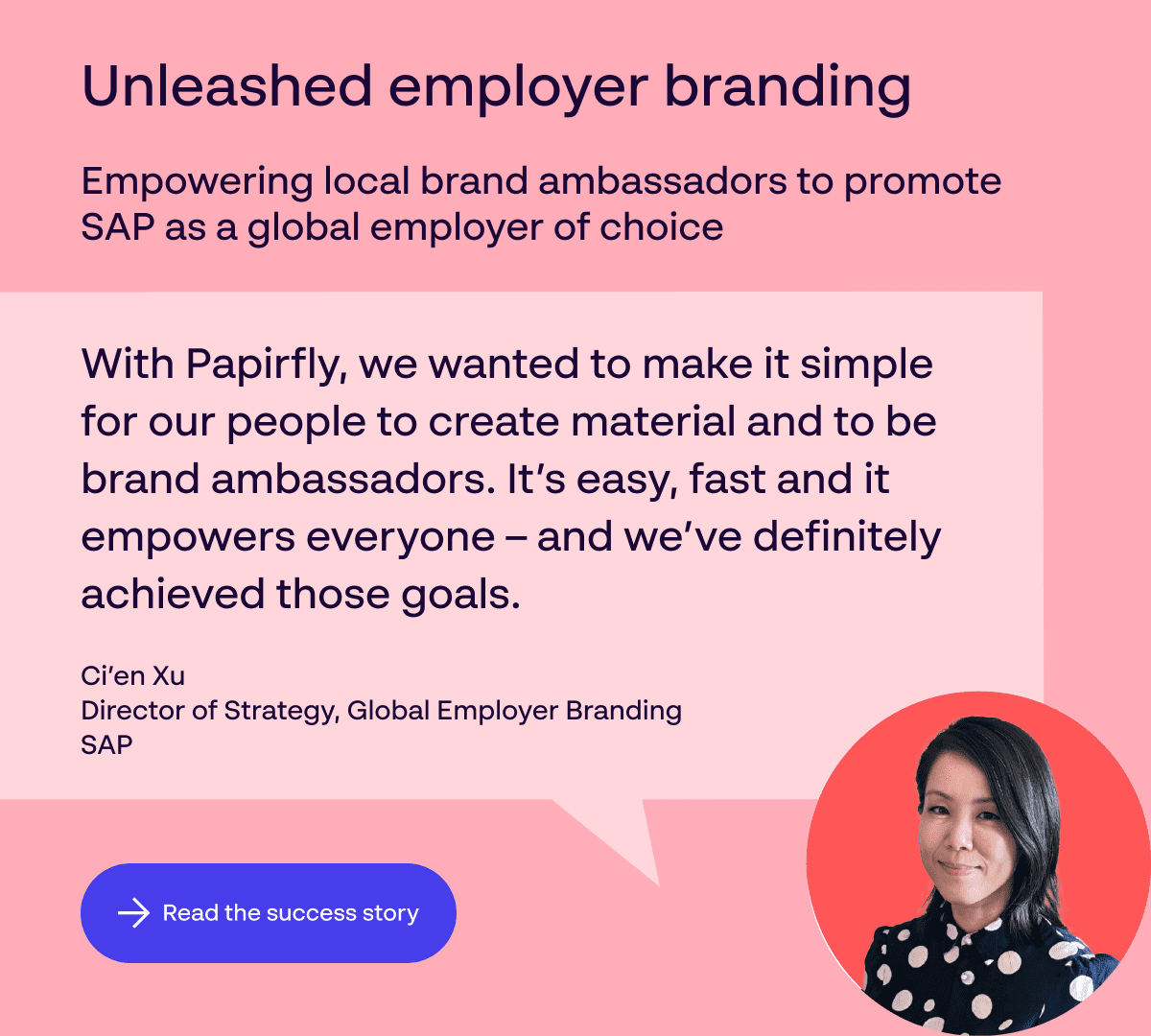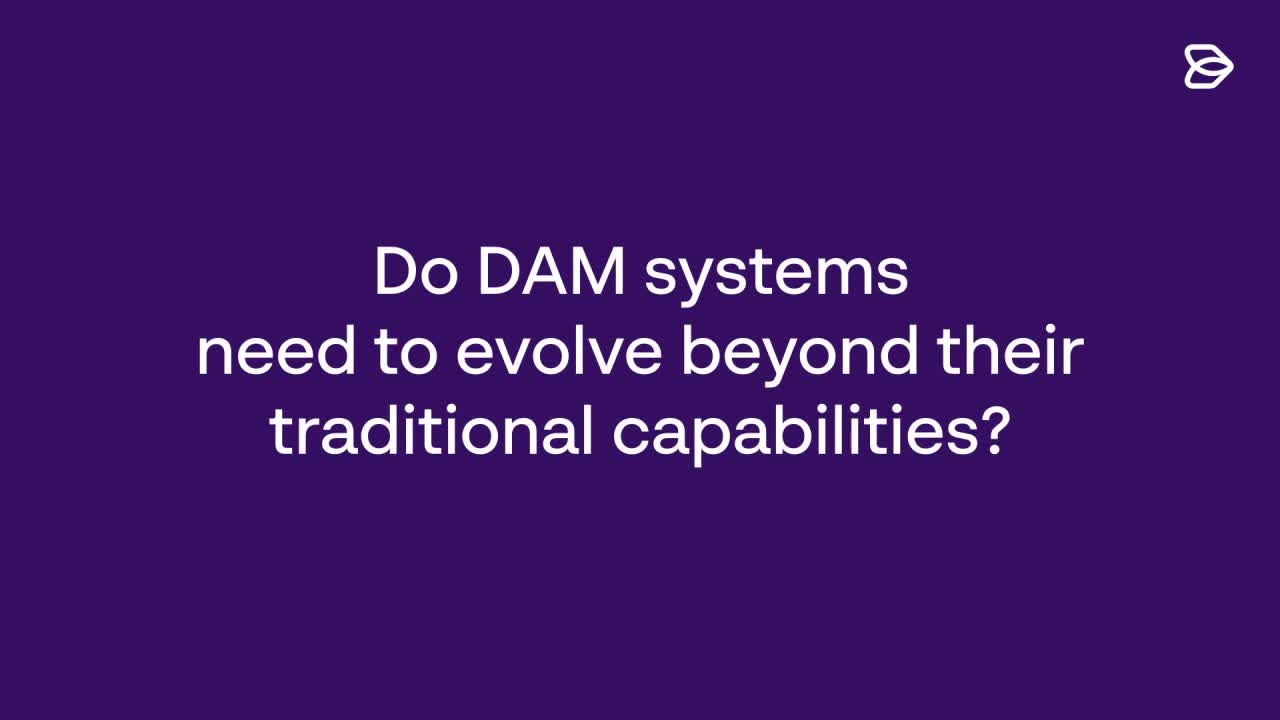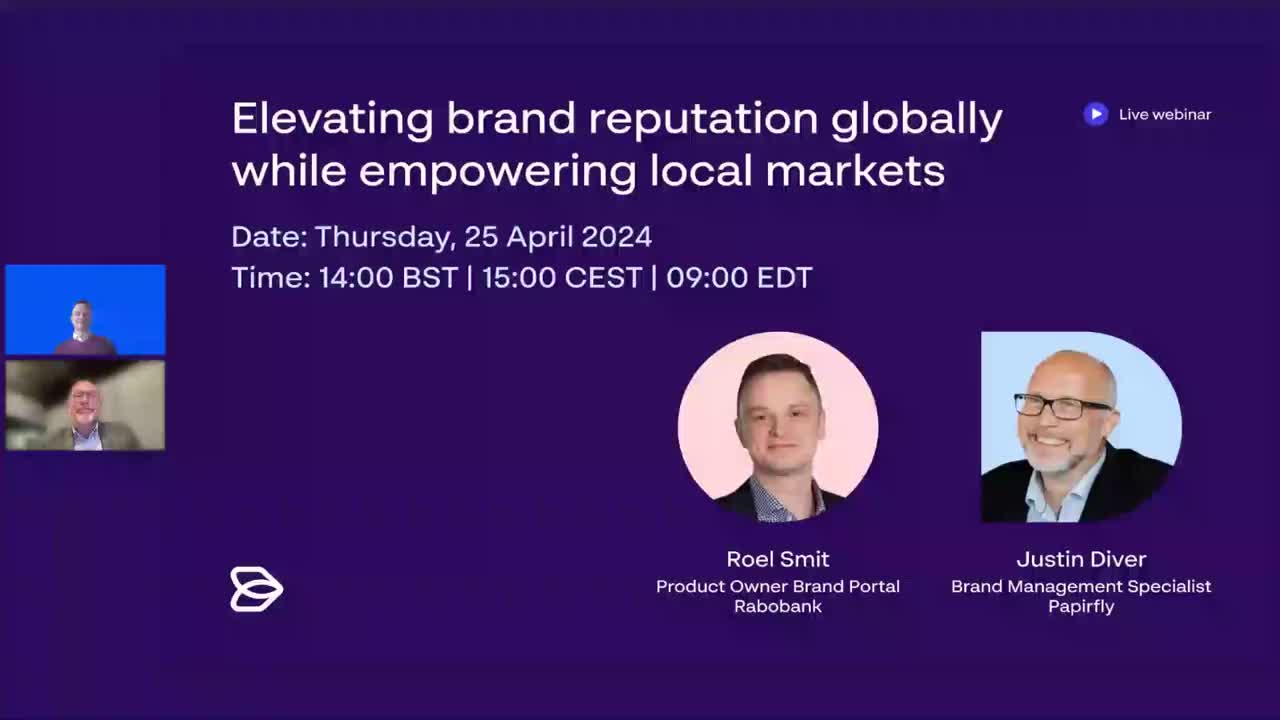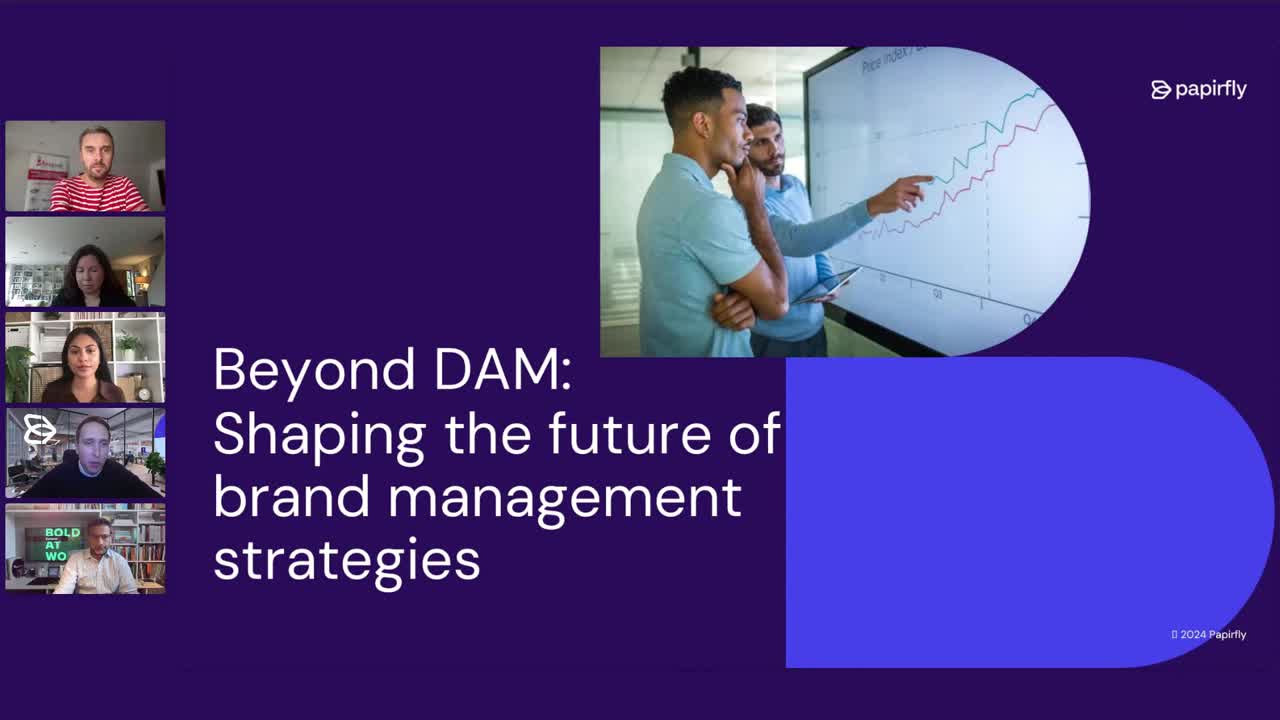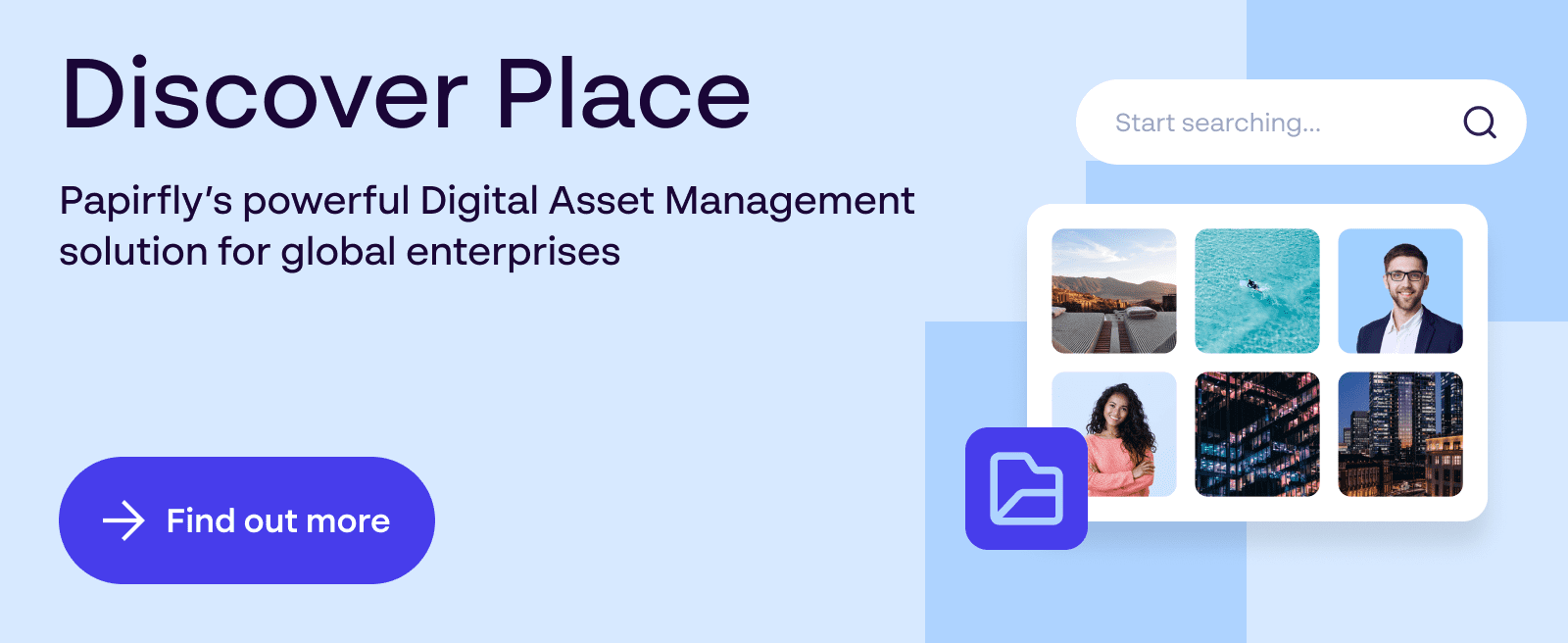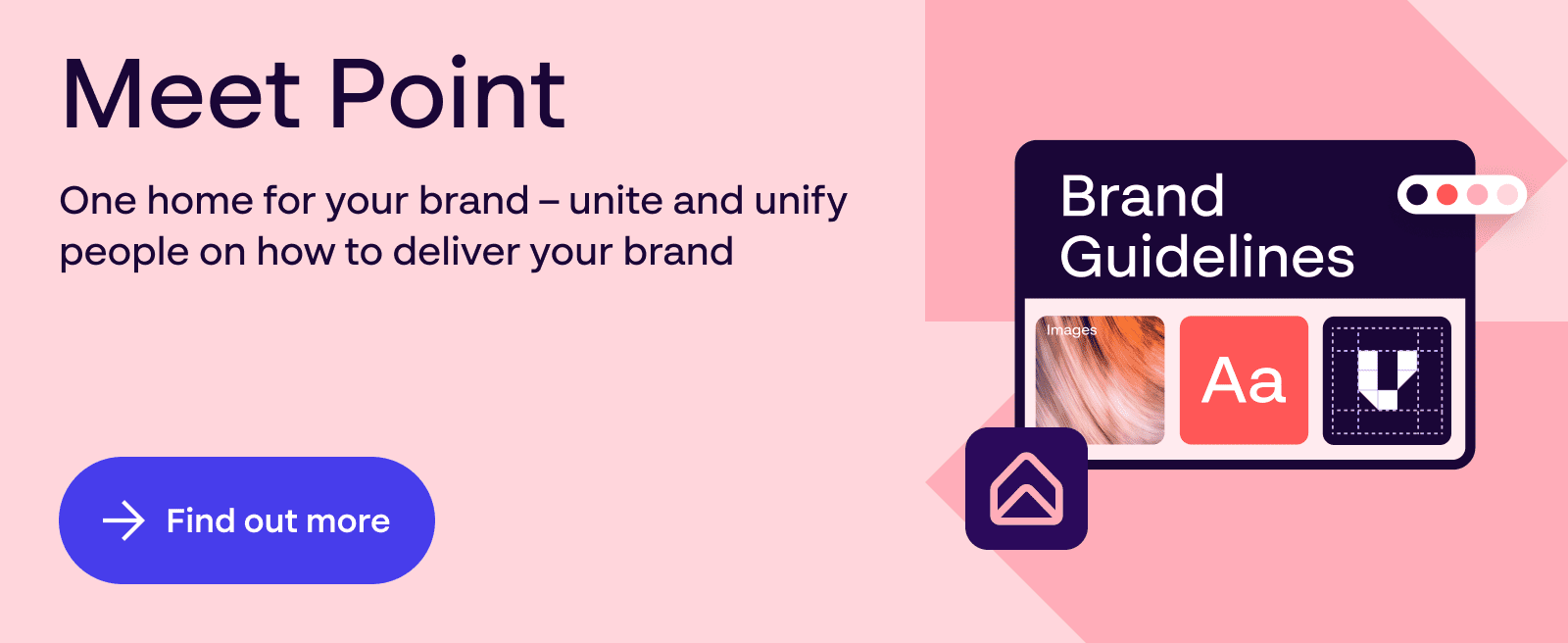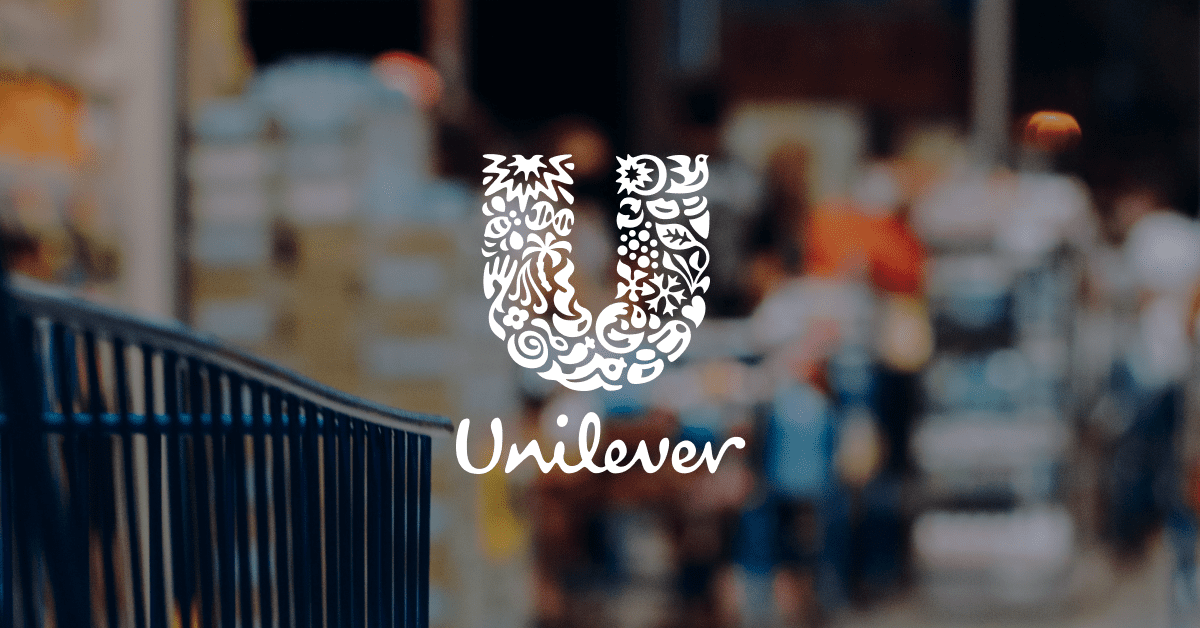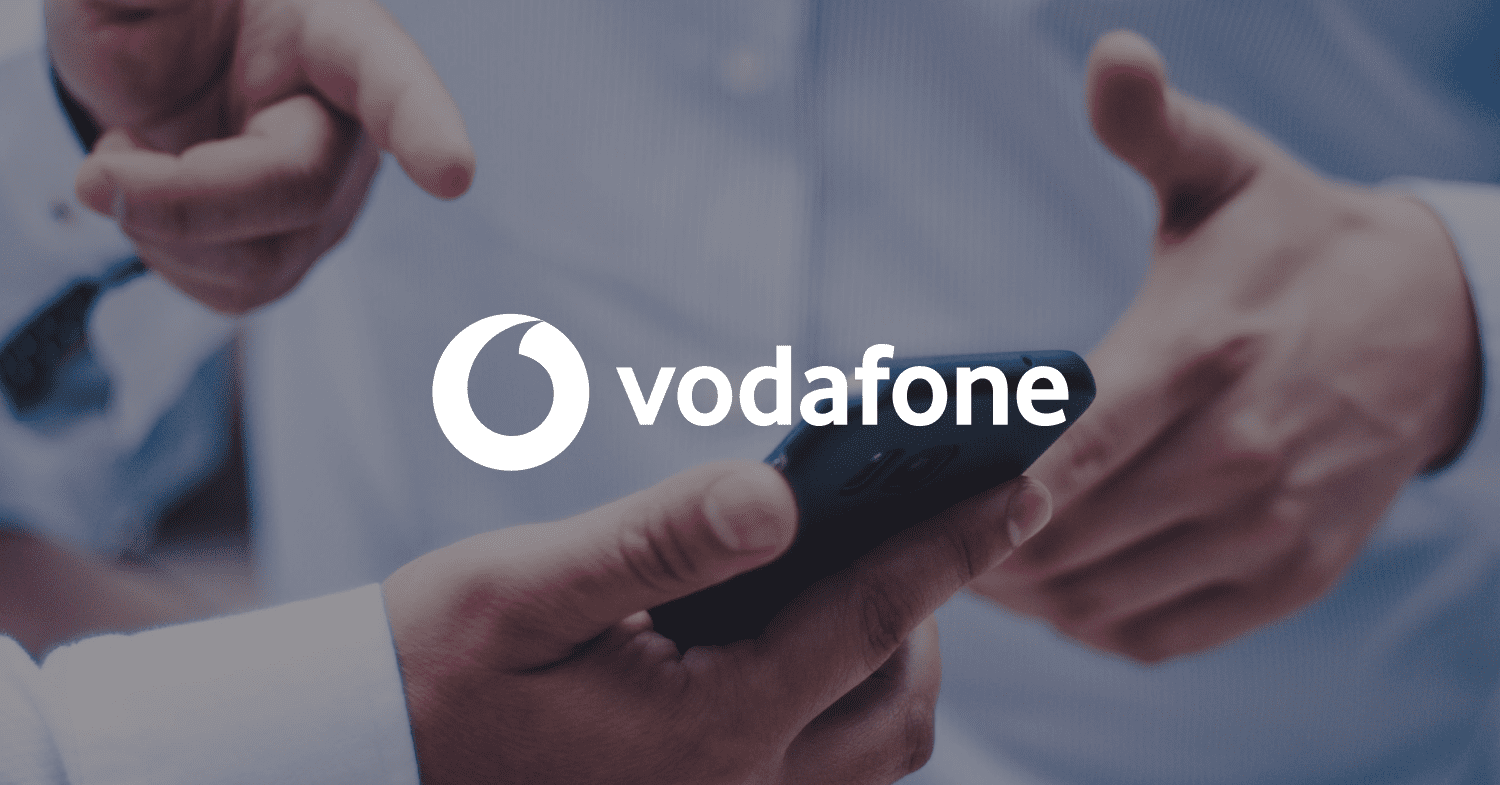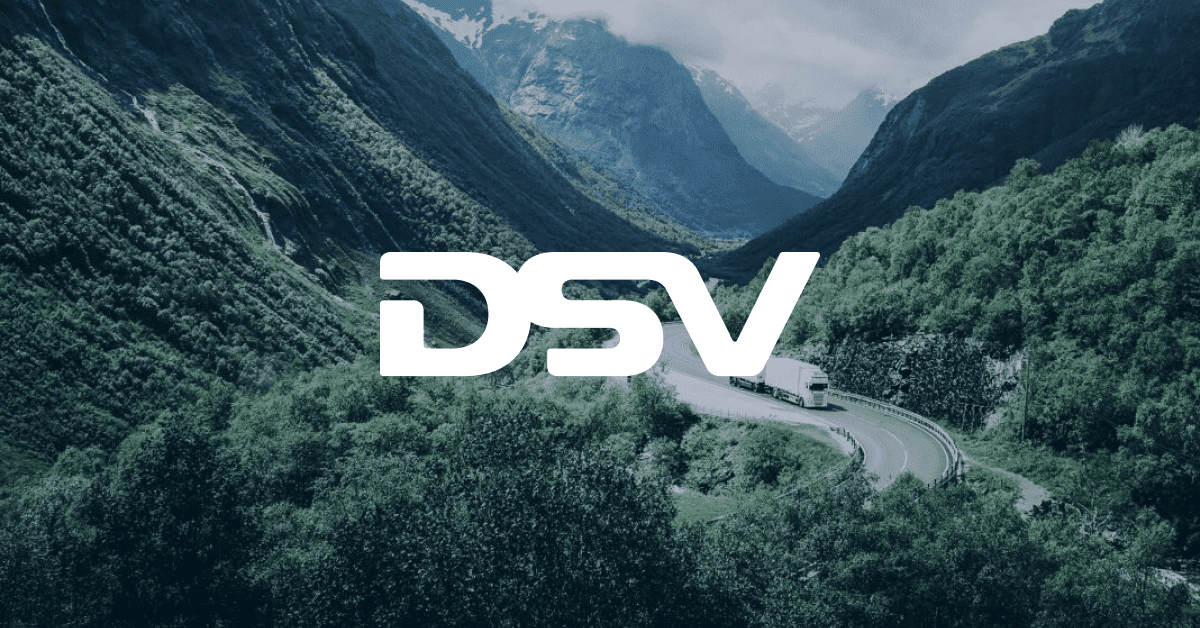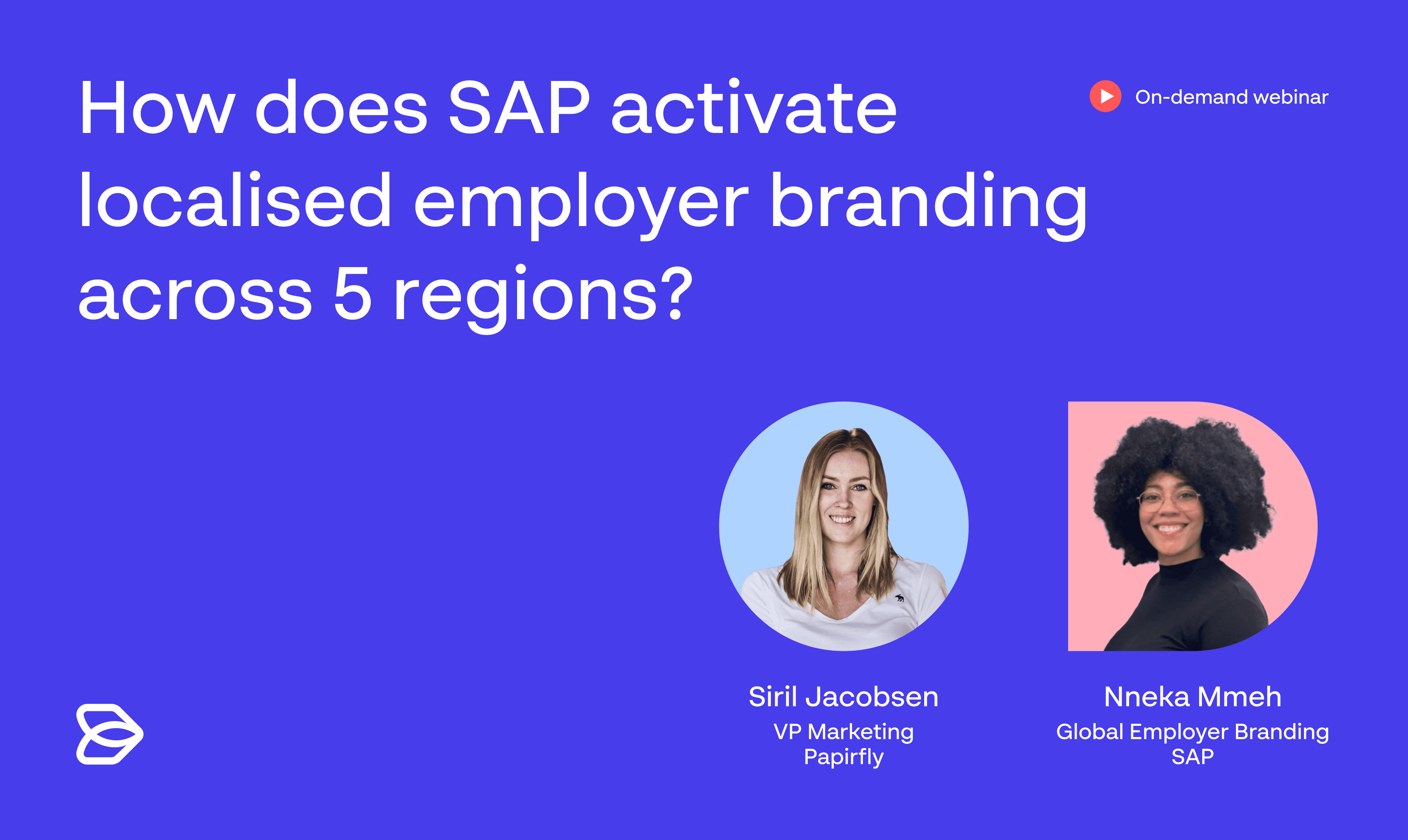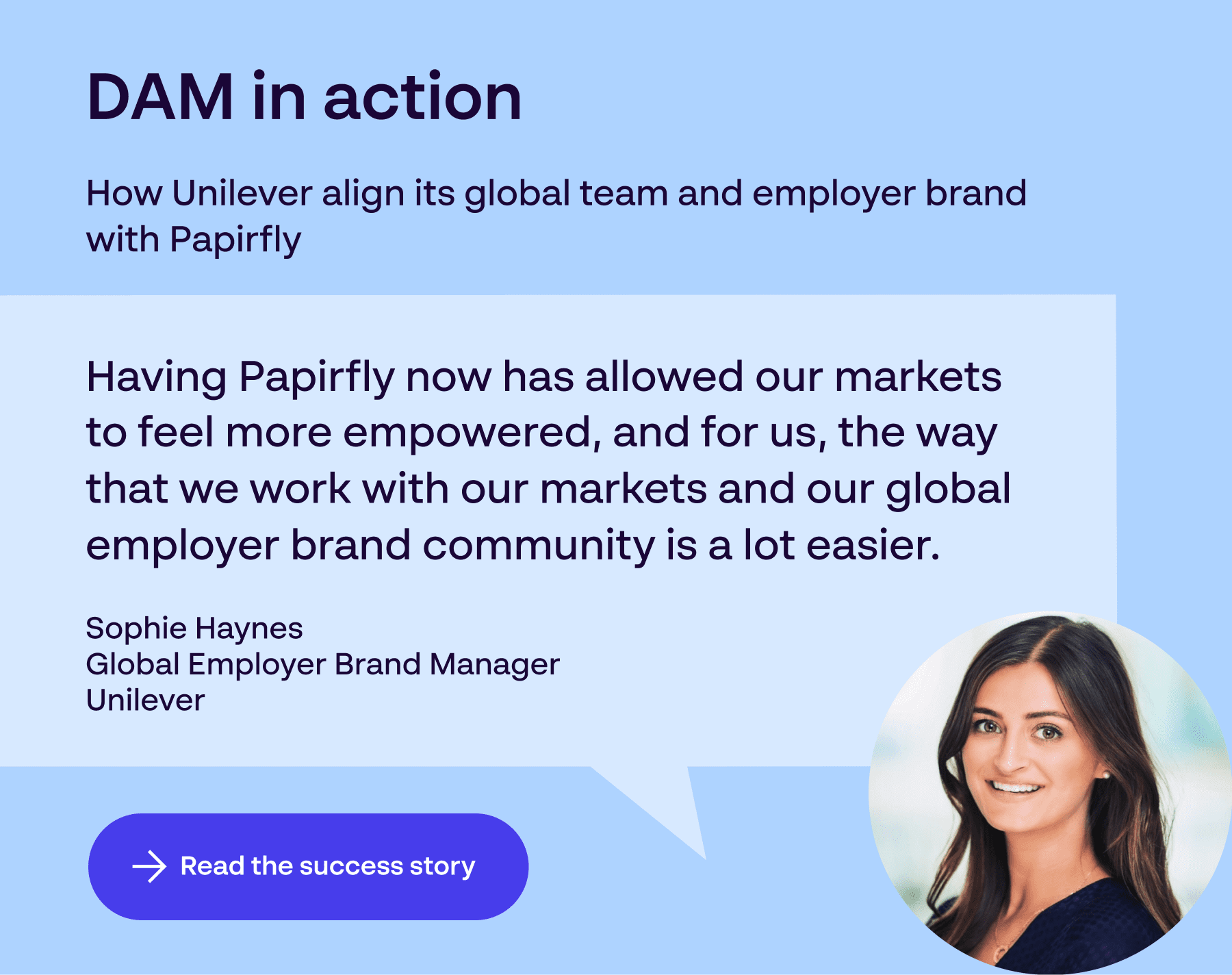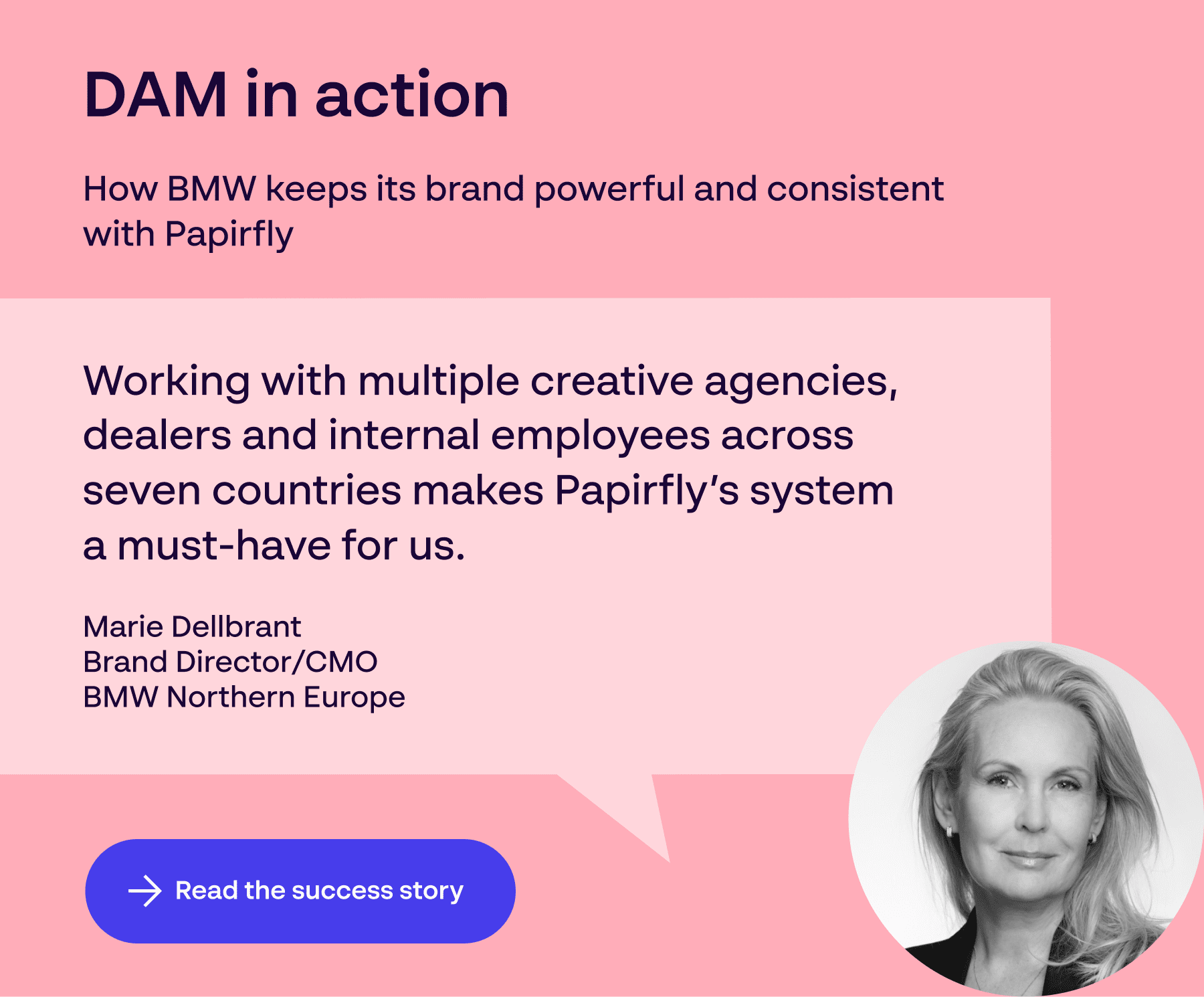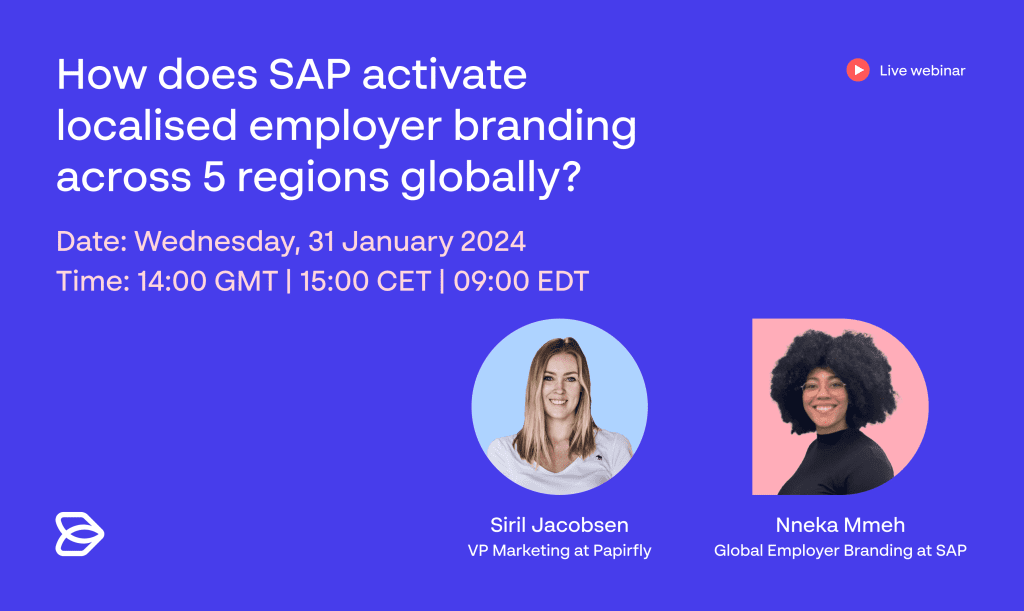Apple. Google. Starbucks. The world’s most famous brands don’t achieve this status by accident – they are masters of brand consistency.
Brand consistency is the foundation from which customers recognise, understand and trust your brand. From your visual identity and colour palette, to your tone of voice – keeping every aspect of your identity unified is critical for long-term success.
As developers of solutions that empower hundreds of global organisations to stay consistent, we’re experts in true brand consistency and how to achieve it.
In this ultimate guide, you’ll discover exactly why consistency is so important, and what you can do to maintain it across every marketing touchpoint:
- See statistics that demonstrate the value of consistency
- Learn what tools and techniques are crucial to brand consistency
- Discover brands that have their identities locked down
- Find out how to overcome common brand consistency challenges
Want to build a brand that resonates with customers wherever they see it? Then let’s get started…
What is brand consistency?
Brand consistency is when you present a unified, harmonious brand voice across all marketing materials. Websites, emails, social media platforms, brochures, posters – everything your potential customers see carries your unique identity.
Think of it as the glue that holds your brand messaging together, from a huge billboard in a busy city, all the way down to a single TikTok. Maintaining a consistent style across all your marketing campaigns and channels helps familiarise your target audience with who you are, what you stand for, and how you can help them.
4 essential elements of brand consistency
The most successful brands ensure that every strand of their marketing is woven with their distinct personality. That means every key element must be aligned…
Visual identity
McDonalds’ golden arches. The Starbucks Siren. The four fundamental colours on every Google product. Consistent visual elements are crucial if you want people to recognise your brand, as it’s often the first thing prospective customers will connect with.
From your logo and colour scheme, to the brand images, typography and design elements you utilise. These all communicate your brand’s identity, and should never deviate across any of your assets.

Tone of voice
How you communicate with your potential customers plays a huge role in how they perceive your organisation. Do you keep things simple and jargon-free like Apple? Are you motivational and aspirational like Nike?
No matter how you talk to your target audience, your distinct tone of voice and language must be reflected in every message, from a simple Instagram caption to a multi-page brochure.
Brand messaging
The core values at the heart of your organisation should influence every brand element you create. Your brand’s promise, vision and goals transform occasional customers into full-blown advocates, so these messages must be reflected in your marketing materials.
Social media
A go-to destination for billions, brand consistency on social media is essential to establish your identity to a worldwide audience.
Over 75% of consumers use social media to decide what brands to engage with, so you want to ensure everything you share on these platforms reflects your personality – from a YouTube video to a pithy Facebook post.
Remaining consistent across these elements gradually propels brands into people’s hearts and minds – ensuring that everyone understands who your company is, wherever they encounter your messaging.
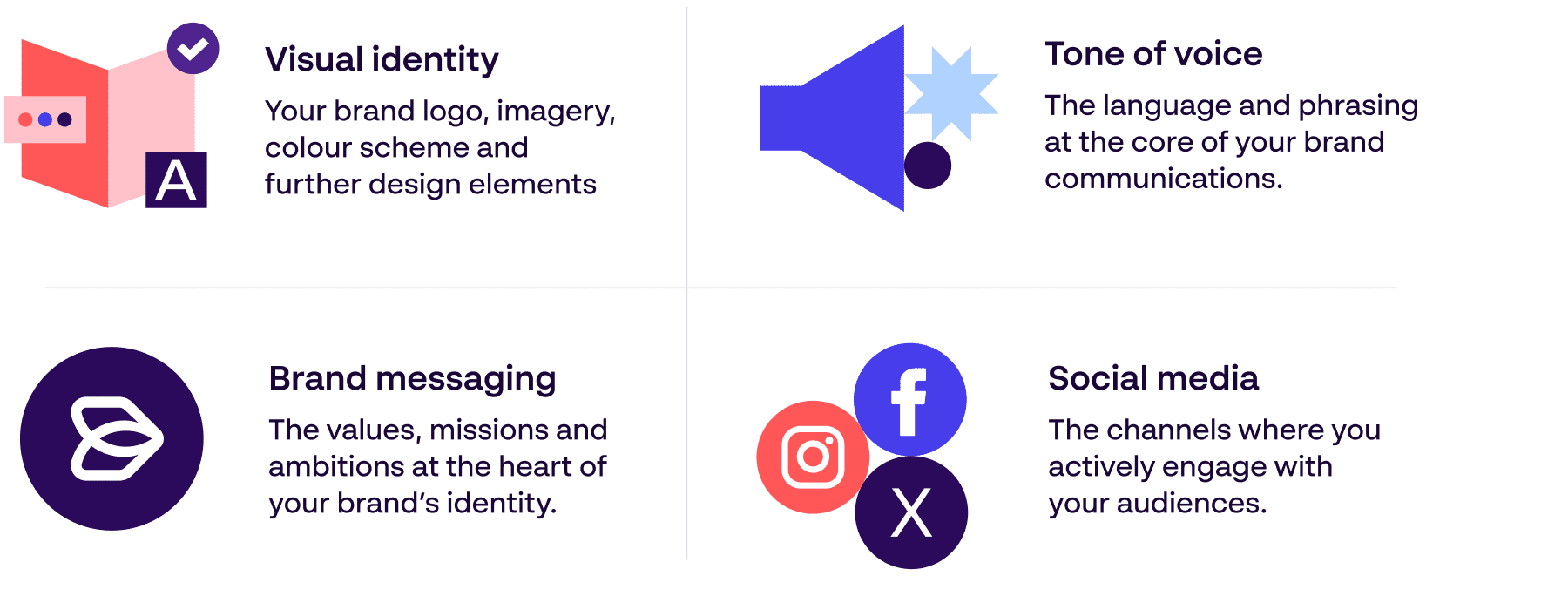
Why is brand consistency so important?
Brand consistency is a long-game strategy, and vital to ongoing success in any market.
You want customers to think of you first and foremost for whatever product you sell, service you offer, or cause you represent. And in our experience, consistency in your messaging is the path to fulfilling that ambition.
But the benefits don’t stop there……
Brand consistency differentiates your company
Your brand is your most valuable asset in setting yourself apart from your competitors. By consistently presenting this across your marketing channels, you help people understand what makes you different and why they should choose you over anyone else.
In an increasingly competitive landscape, a clear, consistent brand presence can ensure your target market sees your unique proposition no matter what platform they engage with.
Brand consistency helps audiences recognise you
Did you know that it takes up to 7 interactions with a brand for the average customer to remember it? That’s a lot of touchpoints! So, if every one of these interactions is inconsistent, your audience might not attribute that credibility to your company.
Maintaining brand consistency across all channels ensures that, as your prospects take the gradual journey of ‘learning’ your brand, they get the same impression each time. This familiarity leads to recognition, boosting your odds of repeat business.
Brand consistency builds trust with your customers
As well as recognition, brand consistency is a hallmark of trust. Modern customers expect a seamless, coherent experience with the brands they engage with. This is the crux of a strong, lasting relationship – if each customer interaction with your brand is slightly different, it makes it much harder for them to understand what you stand for.
Consistent brands create loyal customers, where both sides always know where they stand. By staying aligned on all media channels, you help your audience truly understand you.
Brand consistency supports your bottom line
Loyal customers lead to repeat purchases, which in turn raises your profitability. Research suggests that consistent brands enjoy over 20% more revenue growth when compared to brands that don’t take this as seriously.
Need more convincing? Brands that consistently tell their story also often see their brand value grow up to 20% as well. Plus, inspiring loyal, repeat customers is a more fruitful source of revenue than having to constantly reach out to new audiences.
With today’s consumers expecting quality and stability from companies, consistency is essential to a successful ROI.

Brand consistency grows your authority and equity
Beyond your ROI, strong branding also breeds authority, which in turn builds brand equity. Excellent brand equity is the objective for any commercial organisation and is a good indicator of how much your target audience loves, trusts and acknowledges your brand.
This is only achievable through sustained interactions and customer experiences, and a key step on the path to brand salience. In fact, becoming a thought leader is how brands like Google, Hoover, Velcro and more entered our everyday vocabulary.
Brand consistency brings your employees together
Brand consistency benefits more than your customer experiences – it also means a lot for your employer brand. In the competition to secure the best candidates, it’s a huge advantage that potential recruits are clear about who your company is and what sets you apart from others in your industry.
Staying consistent across all your employer branding – from your online recruitment page to your onboarding materials – reassures recruits and helps build a united identity among your existing team members.
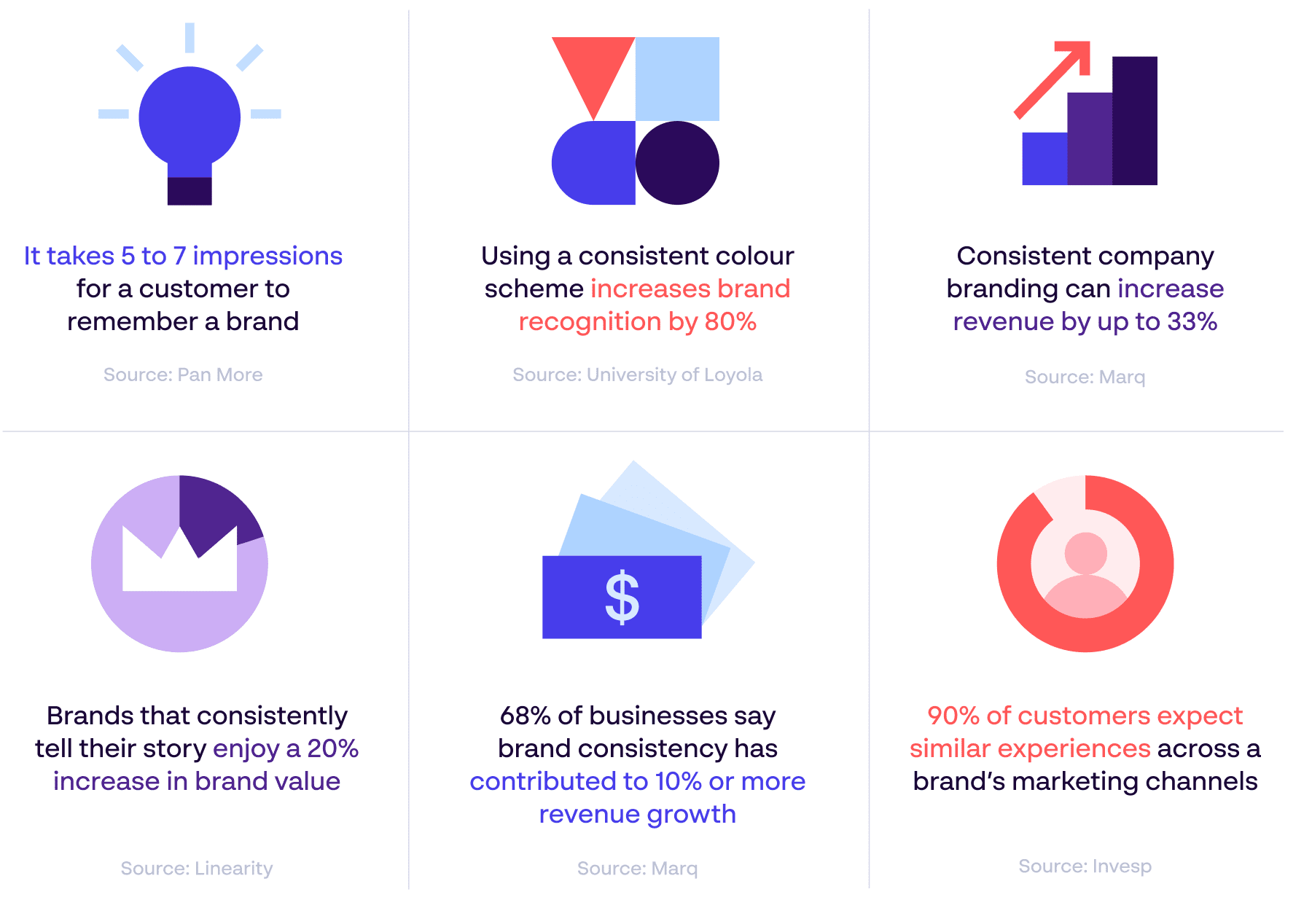
What happens if a brand lacks consistency?
Inconsistency is a silent brand killer. If you fail to maintain a uniform presence across your various channels, it can:
- Erode the trust between your brand and your audience
- Limit your ability to turn occasional consumers into loyal customers
- Negatively impact the stature and perception of your brand
- Confuse and irritate buyers, leading to poor customer experiences
- Reduce your long-term profitability
- Affect your ability to consistently recruit top prospects
We’ve seen first-hand how inconsistency can severely hurt people’s marketing efforts, making it much harder to grow a core of repeat customers. Learn from mistakes like Coca-Cola’s “New Coke” campaign – make sure your brand message stays aligned.
Is brand consistency only important for large corporations?
Absolutely not. While many of the world’s most renowned brands have achieved this through unwavering consistency, they all started somewhere.
No matter the size or scale of your business, or whether you appeal to a local or global audience, consistent branding helps customers understand, recognise and trust you. It’s critical to building a loyal customer base – something every startup or small business should aspire to in a world of constant change.
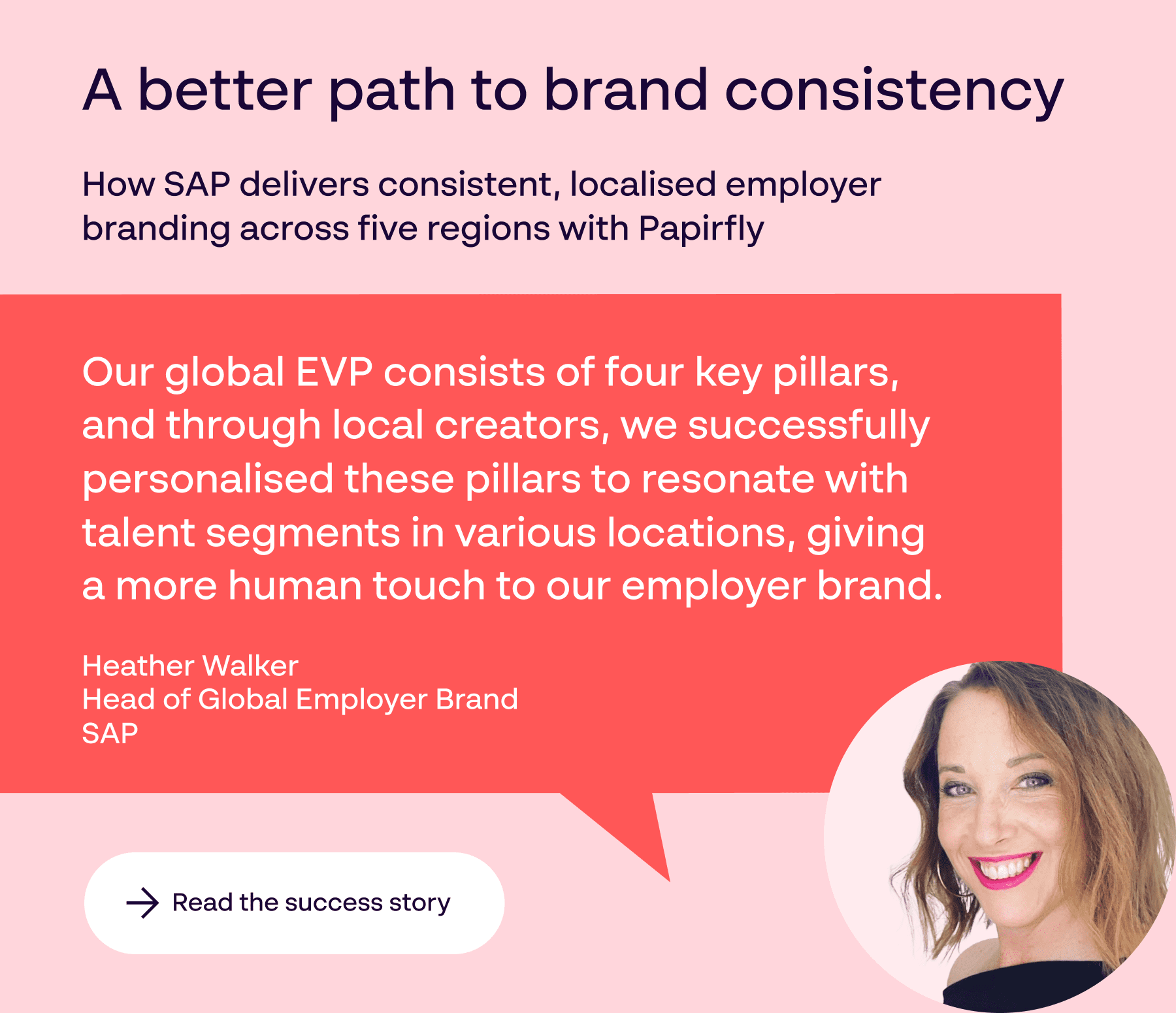
Creating and maintaining brand consistency
Now you understand how valuable brand consistency is to the present and future of your organisation, how do you create and maintain it? Let’s break it down piece by piece…
Brand strategy
It all starts with your brand and marketing strategy. This establishes the identity, mission and personality you will project across all your marketing channels, so it must be carefully considered. So from the outset, ask yourself:
- Who are our target audiences? What are their motivations and values?
- What values do we stand for?
- What colour schemes, language and more will resonate with our audiences?
- What marketing channels and types of content will we utilise?
As well as these fundamental questions, your strategy can establish if your company’s branding adapts to different areas of your business. Consider Tesco – it’s a well-known multinational retailer, but also branches out into banking, mobile phones, photo printing and more.
Therefore, Tesco slightly adapts its brand messaging to suit each particular audience, while retaining enough of its core identity to flow its equity across all areas. If your company has distinct services for different audiences – say a service aimed at consumers and another at businesses – you may consider a similar approach.
Brand guidelines
If strategy is the base of brand consistency, brand guidelines are the blueprint to maintain that consistency. This is crucial for ensuring consistency across all brand elements, setting the rules for how your brand must be presented.
What colour palette do we base our designs on? What is our tone of voice? Where do we place our logo on social assets? The answers to these questions and many, many more should be found in your brand guidelines.
So, what should you include in this essential user manual?
- Brand identity
- Logo, including variations, spacing and sizes
- Colour palette, with specific hex codes or Pantone values
- Typography, with font styles, sizes and weights
- Visual identity
- Imagery, listing approved photos, illustrations, icons, etc.
- Graphic elements, including specific patterns, textures and design elements
- Layouts, breaking down parameters for different content styles
- Tone of voice
- Brand language, describing what terminology your brand employs
- Messaging, covering communications for different channels and audiences
- Brand usage
- Applications, explaining variations of your brand identity on different channels or materials
- Misuses, clearly showing what not to do with your brand elements
But, it isn’t enough to have brand guidelines – you need to know people are following them. Over 85% of companies have brand guidelines; only around 30% actually use them.
So, it’s important that you make your brand guidelines accessible to anyone who produces branded assets, and train your team in how to use them, whether this is part of your induction process or ongoing rediscovery sessions.
Looking to create the best brand guidelines for your organisation? Read our must-have guide for global brand managers.
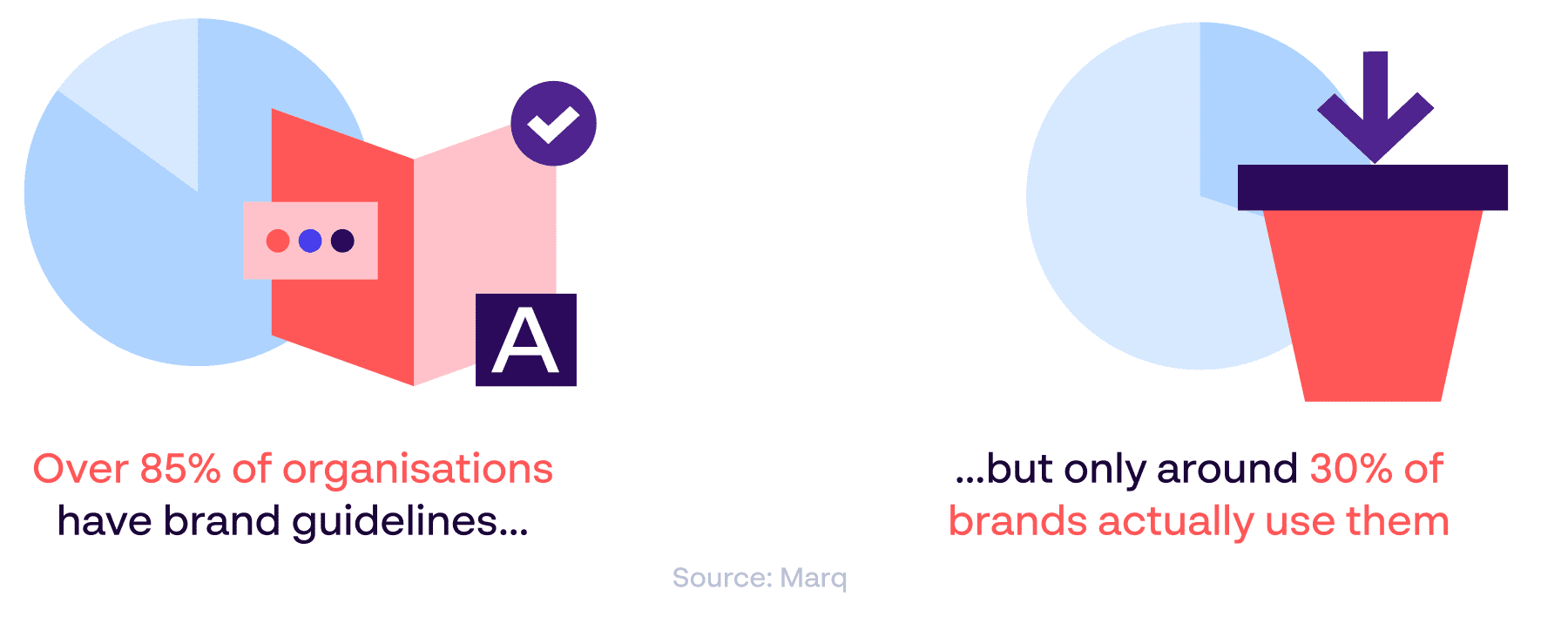
Brand hub
Evolving beyond guidelines, truly consistent brands create dedicated brand hubs that contain every aspect of their unique identity into one centralised, digital resource.
This is effective as it offers an interactive, comprehensive breakdown of the components, templates and more that will keep your brand aligned on every platform. With FAQs for your users and examples of pre-approved assets, brand hubs are becoming increasingly vital for end-to-end consistency.
Brand templates
Smart design templates take the essence of your guidelines and put them into action in an automatic, second-nature way.
Harnessing templates removes the pressure on designers and marketers to constantly interpret or recall your guidelines. Instead, these fixed components, colour schemes and more are laid out as required, without any risk of deviation.
This unlocks numerous benefits beyond just a more consistent brand presentation…
- Brand templates make producing assets quicker and more efficient
- Brand templates allow designers to be creative and consistent
- Brand templates reduce decision-making time and streamline workflows
- Brand templates minimise the time spent proofing and amending assets before they are published
- Brand templates help create a more professional, quality brand image
- Brand templates help local outlets adapt company assets for their specific audiences
Simply put, digital design templates are a must-have for unwavering consistency and agile communications – two things modern customers expect.

Recycling assets
A great tip for maintaining brand consistency and streamlining production costs is recycling assets. This is not simply posting the same asset over and over again – it means taking an asset and repurposing it for another audience, channel or time of year.
For example, say you’ve produced a two-minute explainer video on a product for your YouTube channel. How many 10-second TikToks or Reels can you make from that video? Could you take visuals and parts of the script to create pamphlets or digestible social assets?
By regularly recycling brand assets, you stretch the value of each resource and help ensure a consistent, unbroken presentation across your platforms.
Digital Asset Management
A high-quality Digital Asset Management (DAM) system is another vital tool in your bid to stay consistent. At its core, a DAM is a central repository of all approved, compliant assets, providing a single source of truth in your organisation.
How does this support brand consistency?
- It gives your marketers a clear guide of what brand images and assets are suitable for use
- It lets you see the latest versions of assets, so any old or outdated branding is never shared
- It allows you to tag assets for specific locations, channels and applications, so these are reserved for specific uses
- It lets you review and see all assets in one place, and identify any issues before they are presented to the public
A solid DAM system is a powerful ally in the battle for better brand consistency. It’s why we dedicate significant time and energy to making our Place product one of the leading DAMs globally, as detailed in the latest Forrester Wave™ Report.
How do you measure brand consistency?
While there is no set metric you can use to measure brand consistency, there are some steps you can take to track this:
- Run a brand audit, reviewing the assets you created across your channels in a set timeframe. This will highlight any brand assets that have deviated from your guidelines, so you can identify what went wrong and introduce measures to fix this.
- Track the usage of your approved assets and templates, as this will illustrate how regularly your marketers are using your brand consistency software and services
- Monitor the views of your brand hub, which again offers a window into how often your team is reflecting on the guidelines at the heart of your branding
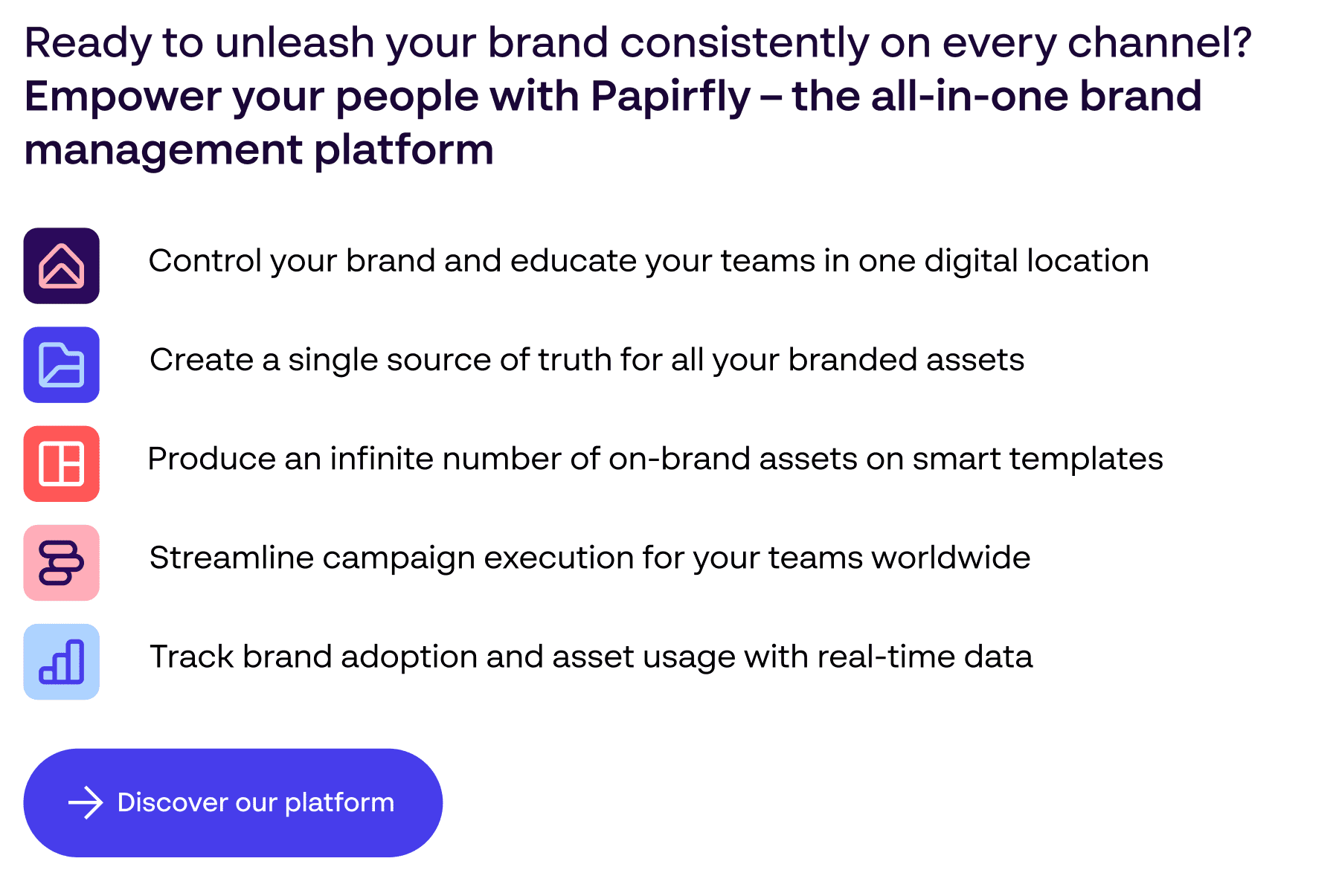
6 brilliant brand consistency examples to learn from
So, you now know the value of brand consistency and what can help you maintain it. Now it’s time to learn from organisations that make consistency a cornerstone of their approach…
1. Google’s clever colour palette
Today, whenever we see the careful combination of red, blue, yellow and green together, our minds immediately go to Google. This ingenious colour scheme has spread from the heading of their search engine into their wide variety of apps to bring them all under one umbrella.
This consistent branding immediately adds authority to any new product Google brings out, and remains at the heart of their near-universal recognition.
2. Nike’s seamless simplicity
Just do it. Swoosh. Four simple words, all instantly attributable to Nike. One of the world’s premier clothing and footwear companies, Nike’s consistent application of their iconic logo on their products, brand materials, packaging and more was vital to achieving this status.
This is coupled with a familiar flow of language and imagery centred on achievement, motivation and empowerment – messages that permeate every piece of content they produce.
3. Starbucks’s standout identity
Starbucks’s globally recognisable brand centres on its consistent use of its iconic Siren logo, personalised customer experiences and cosy ambience. This stability has made Starbucks the go-to name in the highly competitive coffee industry.
This is the power of consistent branding. In terms of products, Starbucks isn’t much different from any other coffee cafe. However, their immediately identifiable visuals – and the meaning they hold to customers worldwide – place them head and shoulders above the competition.
4. Apple’s universal presentation
It’s arguable Apple is the standard bearer for the benefits of brand consistency. From its sleek product design to its minimalist advertising campaigns, every aspect of Apple’s brand communications promotes simplicity, innovation and premium quality.
This universal application extends from its websites and stores through to its social media platforms and, coupled with the intuitiveness of Apple’s products, has helped the company develop its cult-like following.
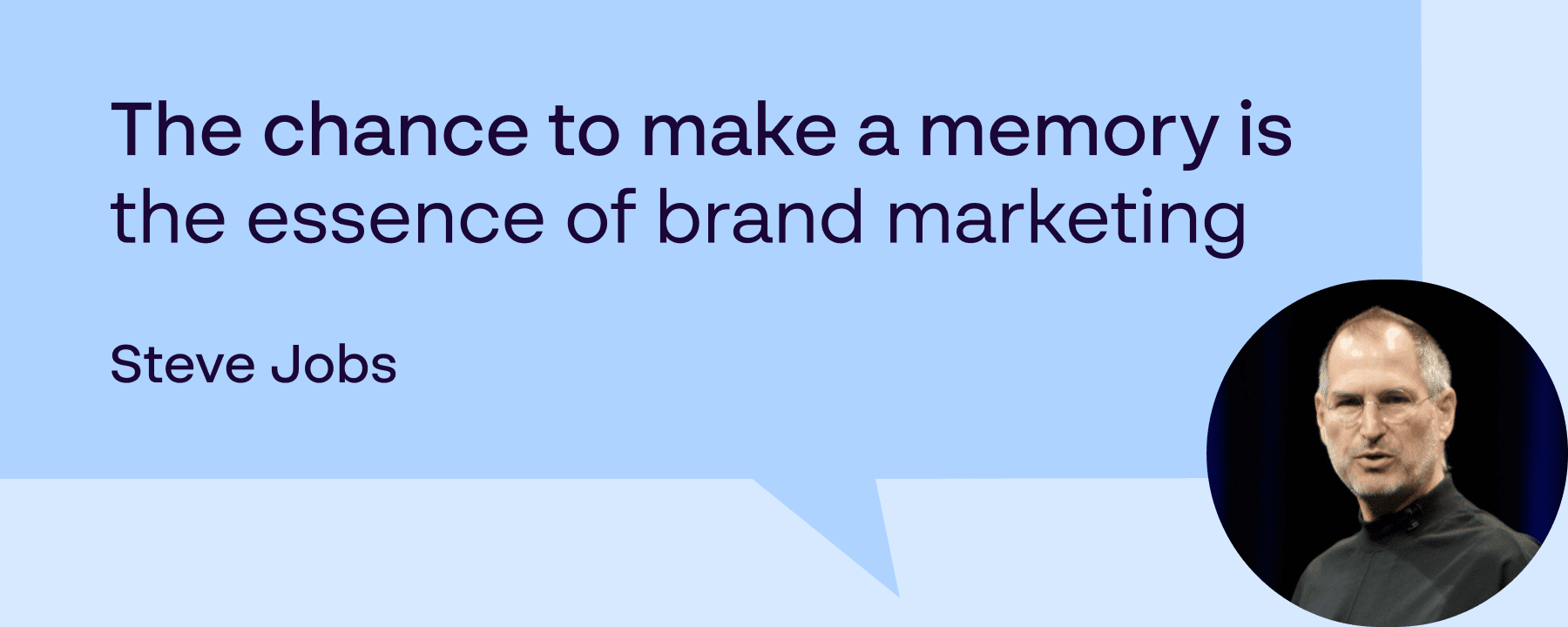
5. Patagonia’s powerful messaging (H3)
The best brands are founded on beliefs and values that connect with customers on a deep, emotional level. That is the secret to Patagonia’s growth over the decades, continuously pushing its commitment to the environment and ethical behaviours.
Placing this at the core of their brand guidelines, marketing campaigns and initiatives has enabled Patagonia to build a devoted fan base and a strong reputation.
6. BMW’s roadworthy branding (H3)
As the maker of “Ultimate Driving Machines”, BMW has long held a powerful, reliable reputation for quality, dependable vehicles. This is echoed in their brand identity and visuals, blending their superior engineering with their motto of delivering sheer driving pleasure.
But, with hundreds of dealerships scattered over Europe and beyond, BMW know the need to maintain consistency from location to location. Through Papirfly’s brand management platform, BMW NE has closed the distance between HQ and their individual dealerships, keeping communications coordinated and on-brand at all times.
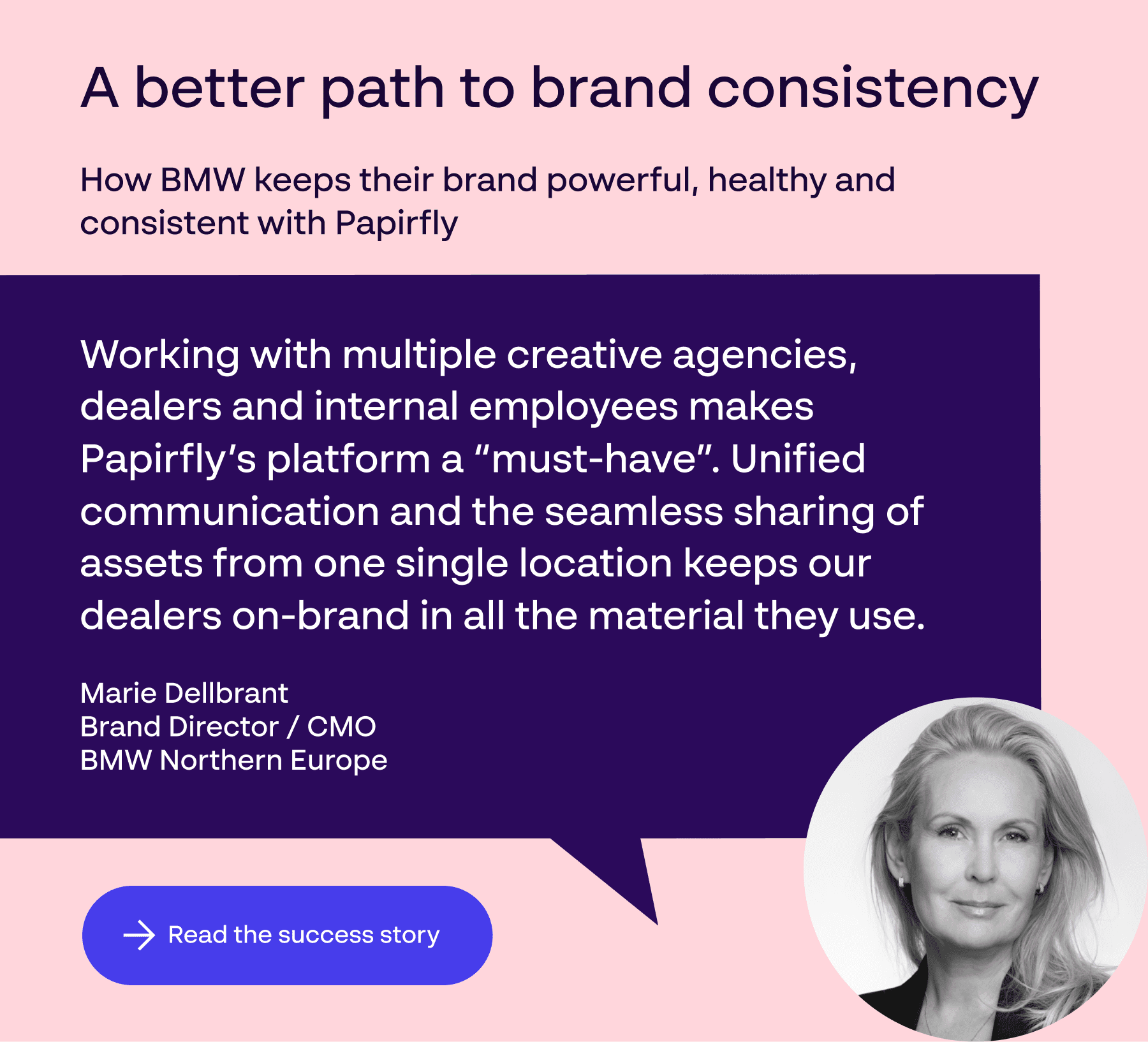
3 common brand consistency challenges… and how to overcome them
Total brand consistency should be the aim of any organisation. But achieving it is easier said than done. Here are three of the biggest pain points to reaching this goal, and our specialist advice on navigating them.
1. Maintaining brand consistency across different marketing channels
Social media. Emails. Digital ads. Posters. Billboards. The nuances of each marketing channel can make it easy for inconsistencies to creep into your branding.
We know from experience that establishing design templates for every channel your organisation appears on is critical to fixing this problem. Rather than put all the responsibility on your team members, this approach ensures that certain brand elements, from your logo positioning to colour choices, are as they should be – from your display ads to in-store banners.
Using intelligent, high-quality templates, you can achieve a consistent presentation at every touchpoint – and make producing these assets significantly faster and cost-effective!
2. Remaining consistent on a local and global level
For organisations that operate in multiple regions worldwide, one of their greatest brand challenges is maintaining consistency on a global scale. It’s understandable – HQ can’t be everywhere at once, so what prevents individual stores and offices from going off-piste to appeal to their audiences?
The key is to find the right balance – a foundation of brand compliance, with room to personalise assets for specific target markets. Global branding with a local touch. Brand templates can play a crucial role here, setting parameters your local teams cannot stray too far from.
A centralised DAM system is also useful. This allows you to tag images and assets for particular audiences, so they can only be employed where relevant. Consequently, you maintain a consistent presence in each location AND achieve the personal touch today’s customers demand.
3. Rebranding your organisation
After a rebrand or a significant update of your branding, there’s always a risk that old brand elements are accidentally published at a later date, confusing customers who are adjusting to the switch-up.
To prevent this, your first step is to ensure your brand guidelines and/or brand hub reflect this new identity. As the home of your branding, this must immediately be aligned with the rebrand to keep your marketers on message.
Then, harness your DAM solution to file away any assets that no longer have the correct branding, or update these under your new guidelines. This will ensure your central repository is free of any old designs, so your teams can pick from these with complete confidence.
Want to know more about rebranding? Download our essential guide to a successful rebrand.
The role of AI in building brand consistency
As AI continues to evolve, its benefits to the marketing industry aren’t going unnoticed. One area it can definitely play a part is nailing down consistency – making this a more effortless, intuitive process for marketers worldwide.
Here are some of the ways it can achieve this:
Chatbots that speak your language
As chatbots and AI prompts become more sophisticated, companies will eventually be able to program these to understand and mimic their brand’s language and tone of voice when responding to customers. Eventually, this will mean users receive personalised responses, which still align with your overall brand messaging.
Faster, more accurate asset location
In your DAM systems, AI allows for faster and more accurate tagging of assets, so you can identify the right one to use in any campaign or location. Plus, as contextual searches become stronger, users can find on-brand, relevant assets for their specific needs in seconds, streamlining your production processes.
AI-generated brand assets
Taking templates to the next level, AI technology is gradually gaining the ability to produce high-quality images, videos, designs and more, while working within set brand guidelines. With this greater degree of accuracy, marketers will one day have the tools to create branded assets with total confidence and outstanding efficiency.
At Papirfly, we’re constantly experimenting with the potential of AI to improve all areas of brand management. If you want to learn more about the latest developments to our platform, check out our regularly updated release notes.
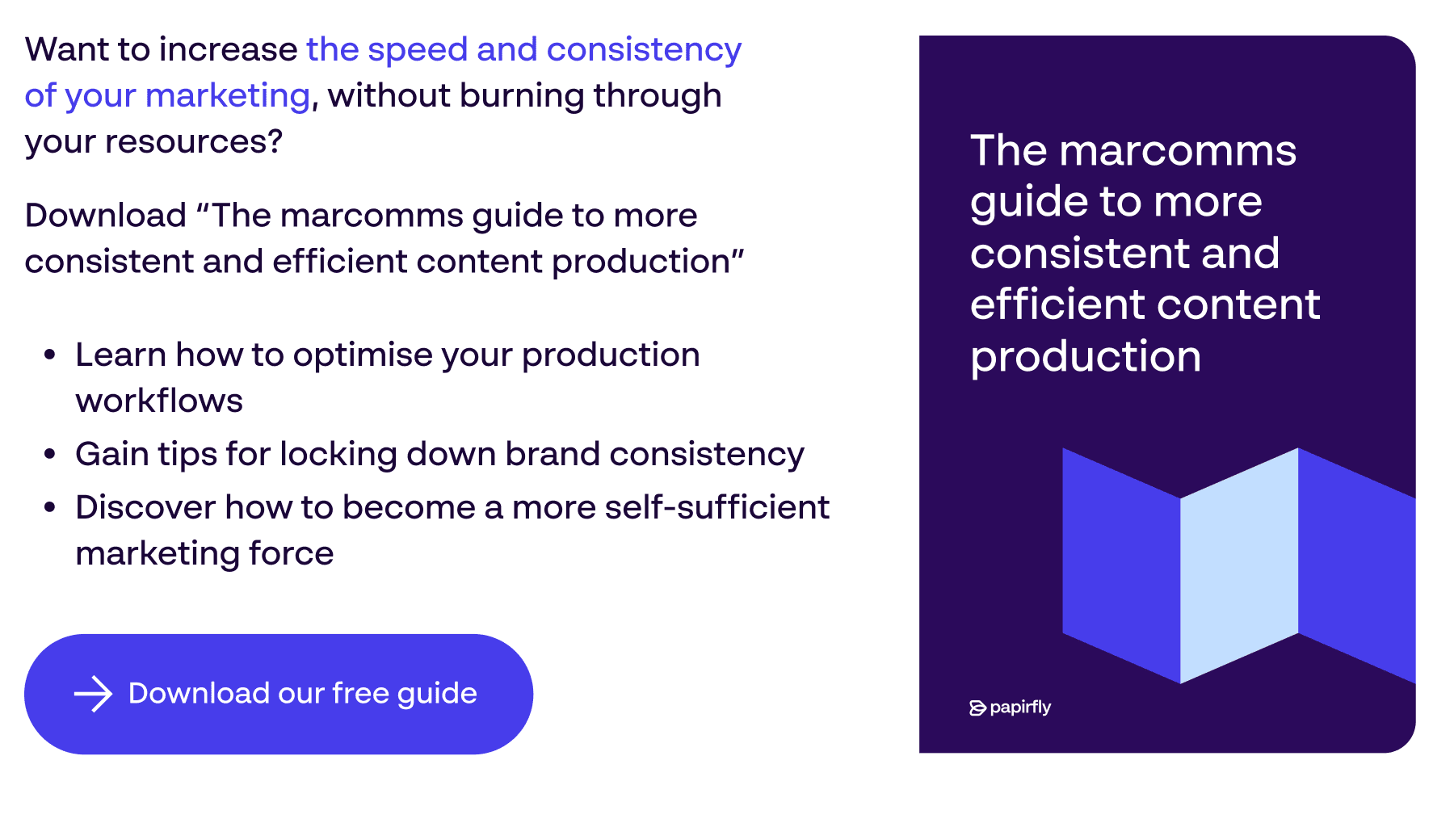
Papirfly: A platform made for consistent brands
We hope our ultimate guide to brand consistency has helped you understand its value and showed you how it can be achieved.
At Papirfly, brand consistency is one of the fundamental driving forces behind our end-to-end brand management platform. Our solutions are helping over 600 brands worldwide stay on top of their assets, so they never stray from the guidelines at the heart of their brand identity…
- POINT: Empowering every person who uses your brand with one online brand portal
- PLACE: Establishing a single source of truth for your on-brand assets with our globally renowned DAM
- PRODUCE: Intelligent templates that allow you to create an infinite number of assets quickly and consistently
Discover how our brand consistency software and services can help you stay on message at every touchpoint with unrivalled ease.
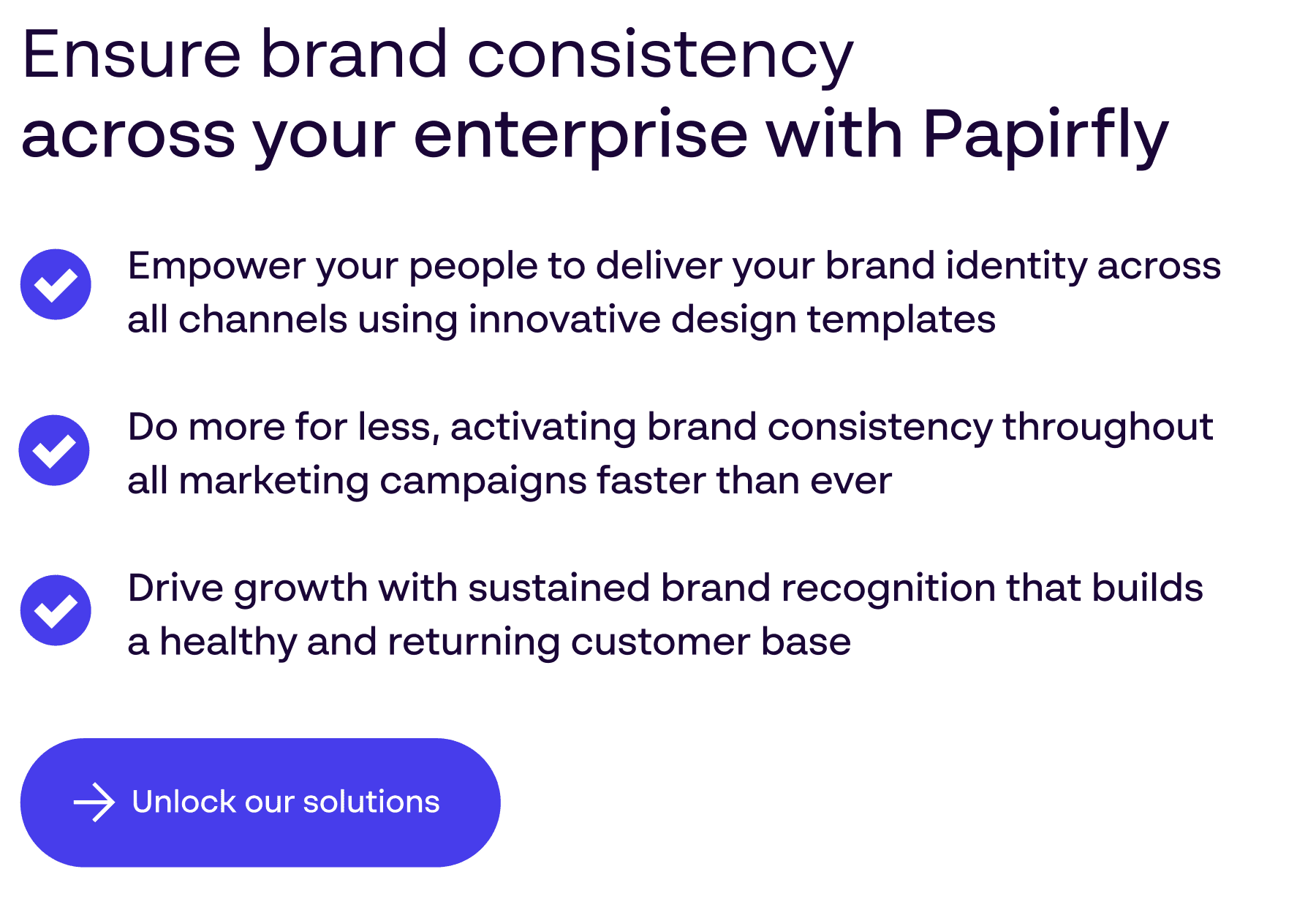
Table of contents:
- What is brand consistency?
- Why is brand consistency so important?
- Creating and maintaining brand consistency
- 6 brilliant brand consistency examples to learn from
- 3 common brand consistency challenges… and how to overcome them
- The role of AI in building brand consistency
- Papirfly: A platform made for consistent brands


